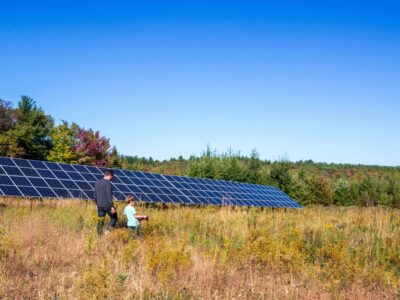The U.S. Department of Agriculture’s (USDA) Rural Energy for America Program (REAP) traces its origins to the 2002 Farm Bill. It offers grants and loans to the likes of agricultural producers, small rural or Tribal businesses, and rural electric cooperatives to enable them to buy or install renewable energy systems or energy efficiency improvements. The technologies and solutions are wide-ranging, with eligible clean energy systems spanning biomass, geothermal, hydropower, hydrogen, solar, ocean, and wind generation. Meanwhile, the covered energy efficiency improvements span the installation of cooling and refrigeration, doors and windows, high-efficiency heating, ventilation and air conditioning systems, insulation, lighting, and replacements of energy-inefficient equipment.
REAP grants cover up to 50% of the costs of eligible projects, while REAP-guaranteed loans cover up to 75%. Since 2002, the program has received funding from various farm bills and 2022’s Inflation Reduction Act, contributing about half of the $2.4 billion it has spent thus far. The most recent round of grants from REAP’s Renewable and Energy Efficiency Program was announced in November 2024, awarding six projects in Maine’s first district and seven projects in its second district.
However, on Monday, January 27, 2025 the White House Office of Management and Budget issued a memo telling federal agencies to “temporarily pause all activities related to obligation or disbursement of all Federal financial assistance.” A memorandum clarified that this directive referred to funding for awards and contracts for clean energy and climate-related projects. Many farmers and small businesses relying on REAP funding are unclear of what that means for their funding and delaying their planned energy savings and payments to any contractors they hired to install the projects.
After REAP approves a project, the individual or business applying for the funding makes the purchase. After 30 days, a representative from the USDA visits to ensure everything is above ground before sending reimbursement.
For example, the Lassen family has grown organic blueberries at Intervale Farm in Cherryville, Maine since 2005. In 2024, they bought a blueberry sorter, 14 freezers, and solar panels in the expectation of an $8,000 REAP grant. As Hugh Lassen told AP, “It’s never the right time to spend $25,700. It’s a huge amount of money for us because we’re pretty small … you also have college expenses looming. We’ll just have to suck it up if somehow the funding doesn’t come through.”
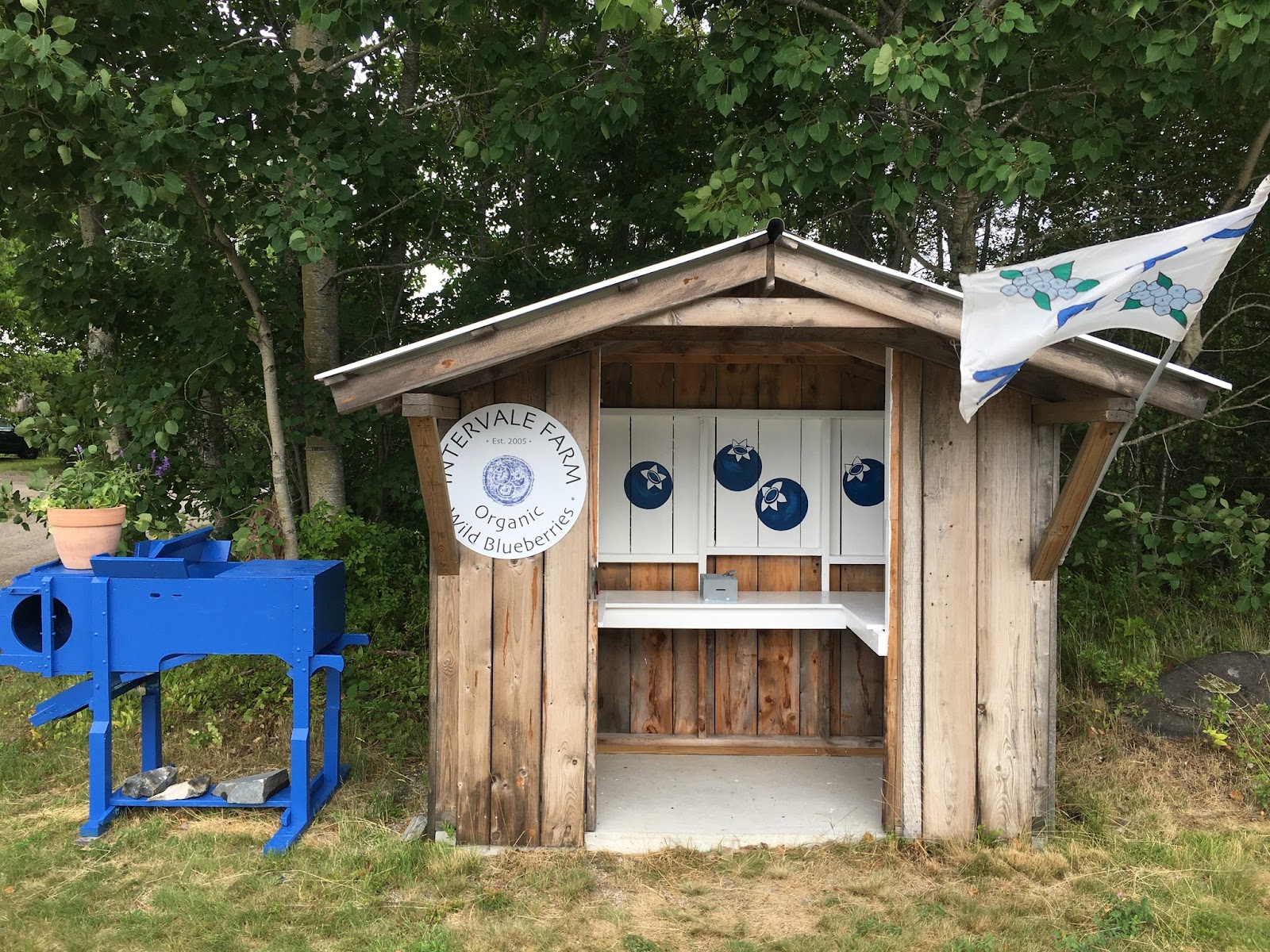
Photo Courtesy Intervale Blueberry Farm
For more than 20 years, Seth Kroeck has been farming in Brunswick, Maine, where he raised his two children about a mile from Bowdoin College. He works for the Community Supported Agriculture system at Crystal Spring Farm, growing more than 50 types of crops for the members who bought shares of the harvests. Kroeck’s application for a $45,000 grant has been put on hold, leaving him $6,000 in debt.
“When those programs get undercut or disappear or put on hold, it really leaves us kind of hanging in the lurch,” he said to News Center Maine. That impacts his family and those depending on the food they grow: “We can’t then give our best price to wholesalers and consumers. We’ve got to be very cautious going ahead. So, I can’t see a scenario where this is going to bring prices down.” He elaborated to the Portland Press Herald, “It’s bad for the environment because of all the work that won’t get done. It’s bad for farmers because we can’t pay our bills. Some will lose everything. And it will increase prices, which is bad for consumers.”
Kroeck has previously benefited from other USDA grants, the benefits of which he explained to a legislative agriculture committee: “It is these investments in infrastructure on Maine farms that will allow them to grow more food, provide more full-time skilled jobs and continue to be economic keystones in communities large and small throughout the state. . . The efficiencies coming from these improvements will not only allow me to continue to deliver to grocery stores but will also mean we can supply schools, processors and Maine’s hunger relief programs with high quality local produce at pricing within their budgets as well as ours. In addition to aiding my own products, these improvements will make our farm a hub for other farms looking to package and store their produce before moving on to distributors and markets, extending the agricultural benefits of the grants beyond our gate.”
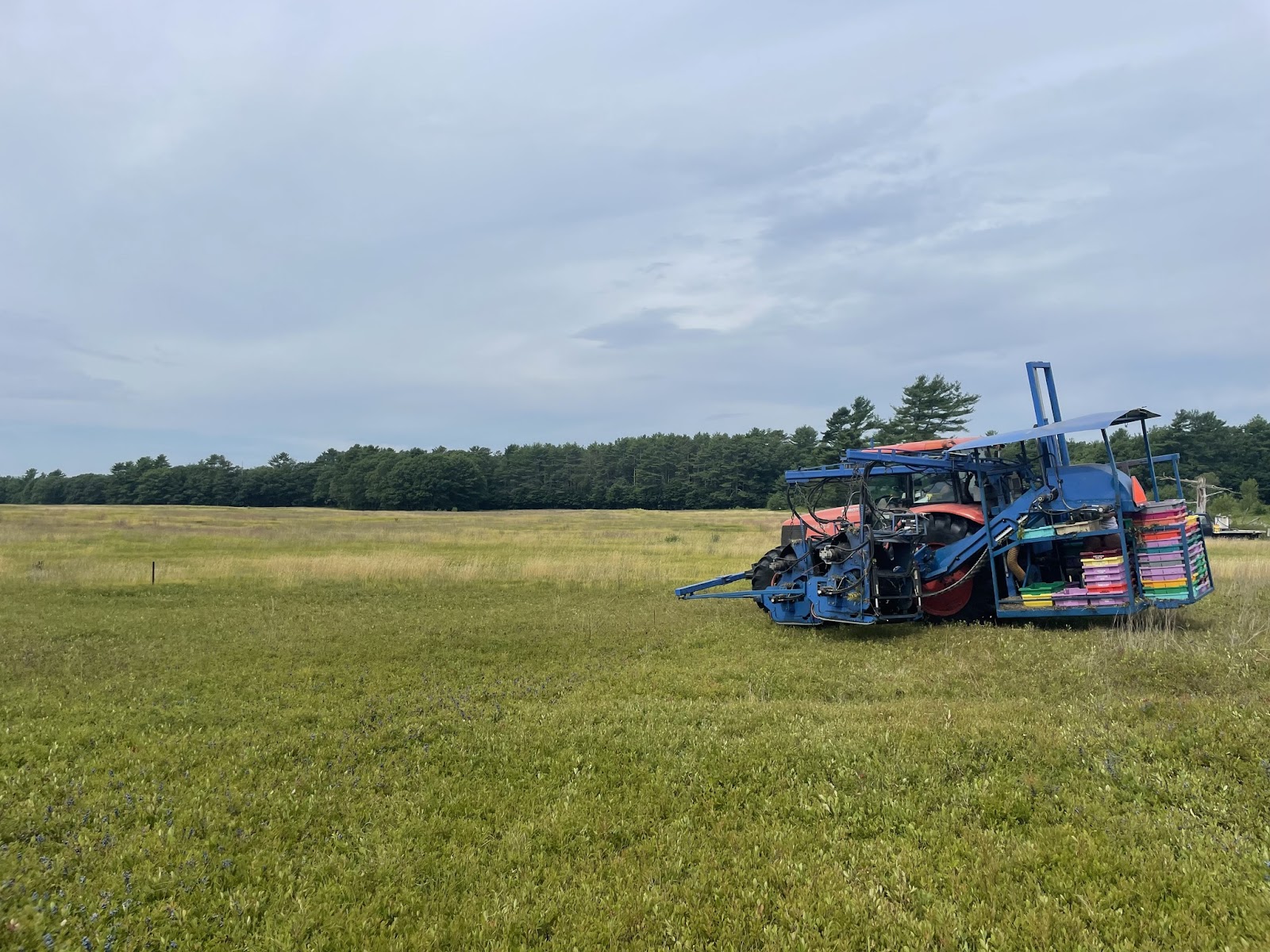
Photo Courtesy Brunswick-Topsham Land Trust
Meanwhile, Kevin Leavitt has been running Kev’s Organic Farm LLC in West Gardiner, Maine, since 2015, after graduating from the University of Maine with a sustainable agriculture and economics degree. He aims to “grow organic vegetables that are affordable for all Mainers.” To help with the affordability challenges associated with operating 18 greenhouses, he told News Center Maine that after the REAP program approved his application, he spent $150,000 to install a small solar project.
Unfortunately, the USDA told him that the grant was under investigation, and now, “Every time we talk to the USDA, they say they have no further information.” Leavitt finds himself in debt for the entire $45,000 of his grant three days before he was supposed to receive his check. He dove further into his plight with the Portland Press Herald: “Farming is risky enough as it is. We’ve done well, but between the weather and the markets, a lot can go wrong. We need the federal government to have our backs, not make it worse; otherwise, the whole system’s going to fail and take us all down with it.”
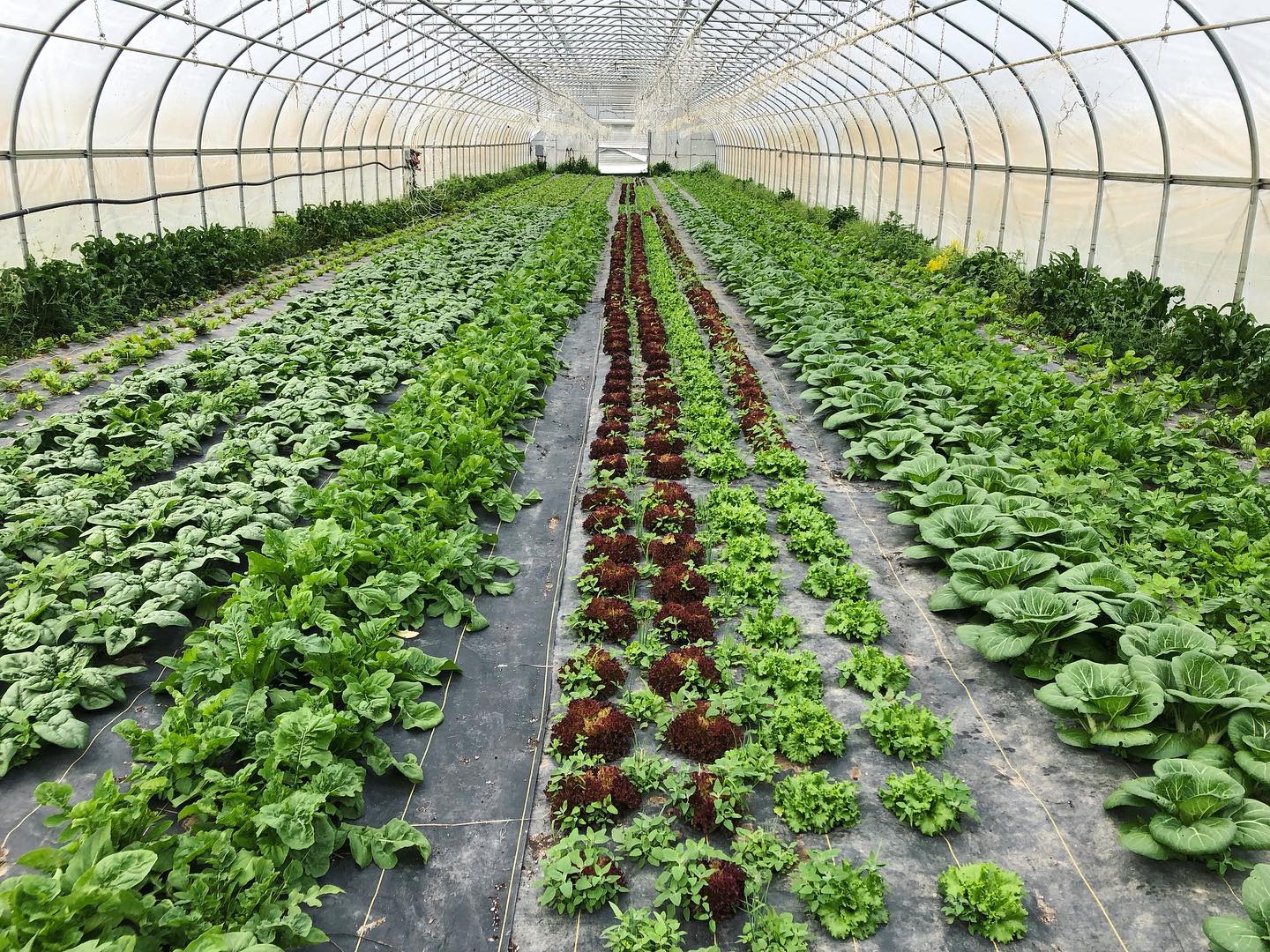
Photo Courtesy Farmer Kev’s Organic
Phoenix and Megan O’Brien have been operating Hall Brook Farm in Thorndike, Maine since 2014 and have welcomed two children into their family in the years since. They sell certified organic produce to grocery stores across the state and New Hampshire. Last year, they were approved for a $64,000 REAP grant, which they planned to use on a $120,000 solar array, and they even hired a solar contractor. They were some of the lucky ones, though: they had not bought the equipment yet. As Phoenix O’Brien reflected to the Portland Press Herald, “Thank God. It would be hard enough for us to absorb the $2,500 (cover crop) loss if I don’t get reimbursed, but I’m not sure we could survive if we got caught holding the bag for the entire solar project. That’s not the kind of thing a small business can just bounce back from.”
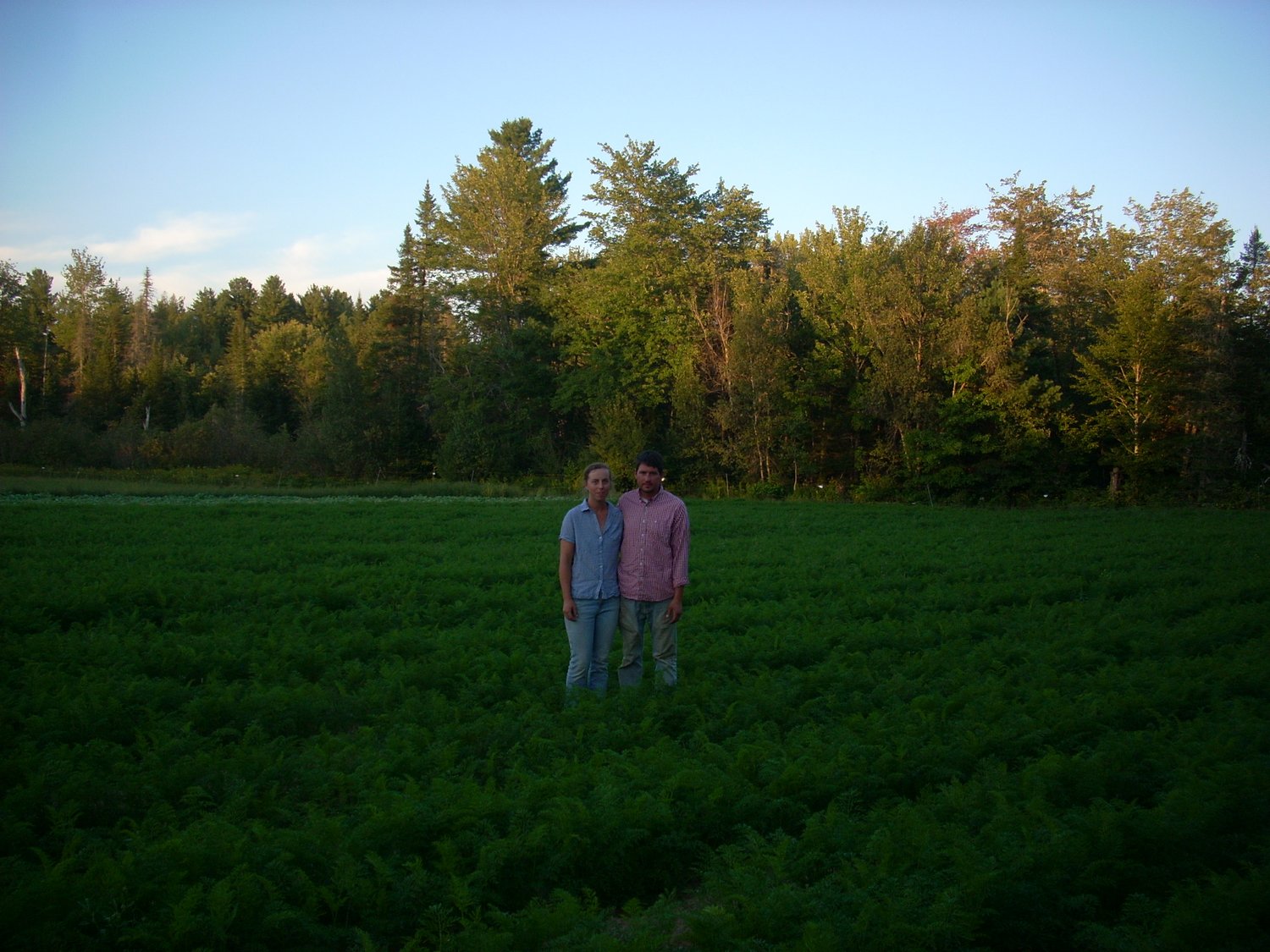
Photo Courtesy Hall Brook Farm
The bipartisan effects of such grants are even more clear based on the story of Republican state Rep. Russell Black. He produces maple syrup in Wilton, Maine, using almost 1,200 trees across 40 acres. He applied to the USDA’s Natural Resources Conservation Service for a grant that he used to upgrade an evaporator for cooking the sap into syrup. As a result, he managed to halve the amount of wood he burned and the amount of time he spent boiling. Without access to federal funding, these upgrades would not have been possible.




